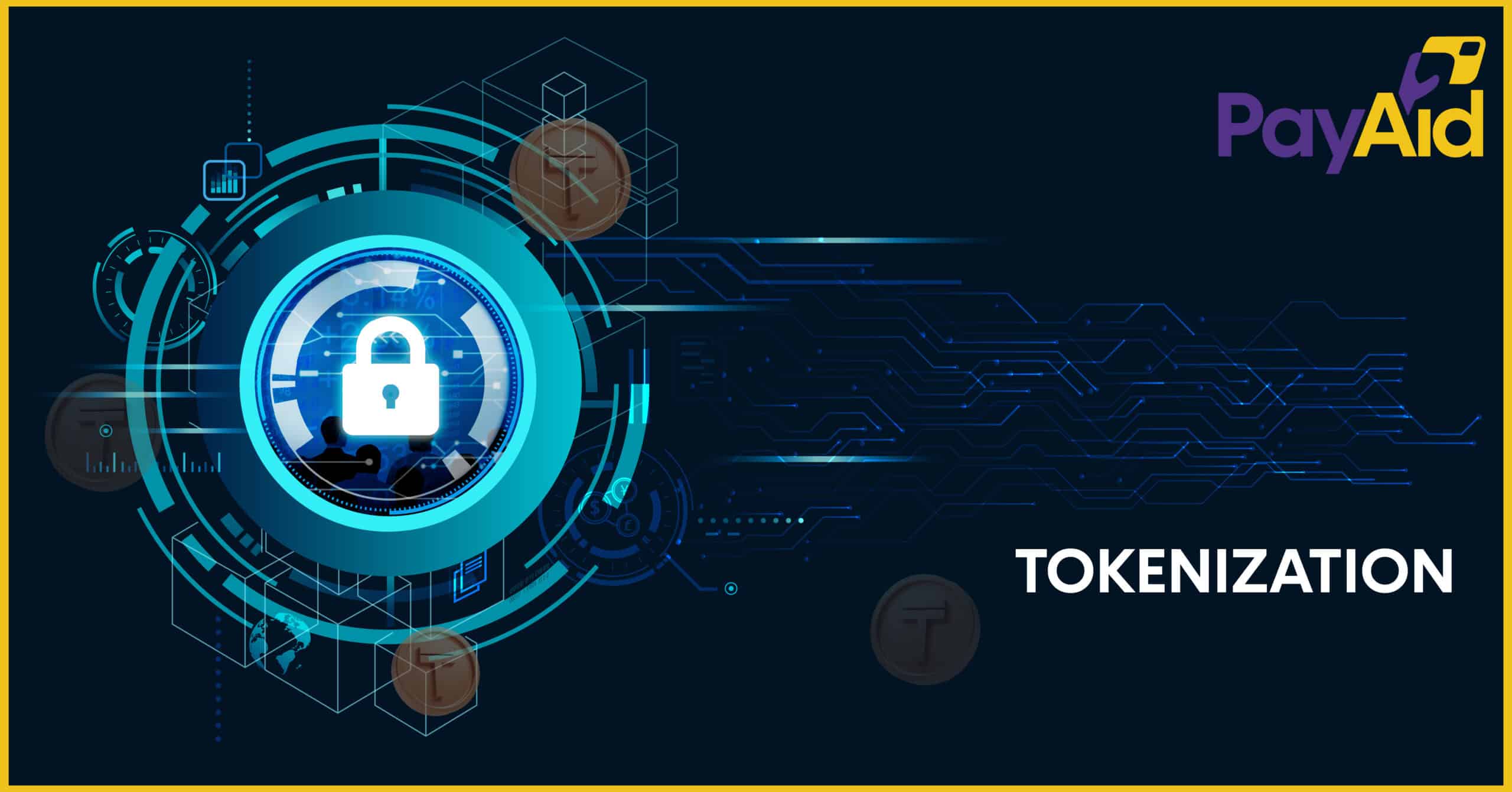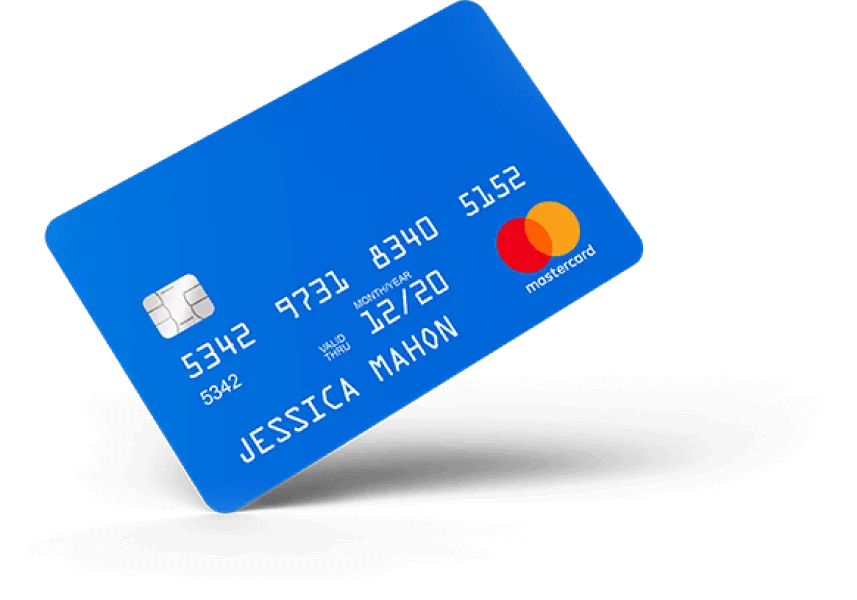


Tokenization has become a buzzword in the payment industry. With the increase in the number of cybercrimes, it has become necessary to find ways to secure payment information.
Tokenization replaces sensitive information with non-sensitive information, referred to as a token. The payment industry involves replacing a credit card number with a unique token identifier. This token is used in place of the credit card number to complete a transaction.
Tokenization is essential in the modern payment scenario because it reduces the risk of cybercrime. Cybercriminals are always looking for ways to access payment information, and tokenization makes it difficult for them to do so. With tokenization, even if a cybercriminal intercepts the payment information, they cannot use it because the token is not the actual payment information.
Tokenization that occurs outside of the blockchain refers to the trading of digital assets that are not related to NFTs or smart contracts. Different types of tokens and tokenization methods can be used outside the blockchain.
How Tokenization is the Future of Card Payments
Tokenization is the future of card payments because it offers a higher level of security than traditional payment methods. With tokenization, the risk of cybercrime is significantly reduced, making it safer for customers to make payments online. Tokenization also offers convenience because customers do not have to enter their payment information every time they make a purchase. With the increasing number of online transactions, tokenization will become the standard method of payment in the future.
To sum up, tokenization is a process of replacing sensitive information with non-sensitive information, referred to as a token. It is important in the modern payment scenario because it reduces the risk of cybercrime. There are two types of tokenization, namely, single-use tokenization and multi-use tokenization. Tokenization is the future of card payments because it offers a higher level of security than traditional payment methods. As more transactions are conducted online, tokenization will become the standard method of payment.
Coming soon: Spend funds from your Ceve wallet at 46 Million merchants and ATMs worldwide. Can it get any easier than that? Just Grab The feature!!!




Flat Number 101, Second floor
H.No.7-1-75, Sree Sree Towers
D.K Road Ameerpet Hyderabad, Telangana, 500016.

